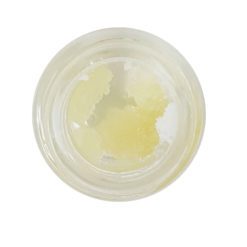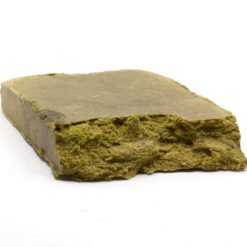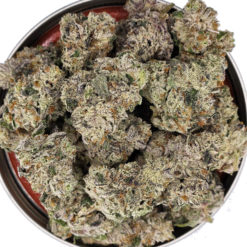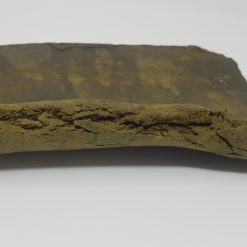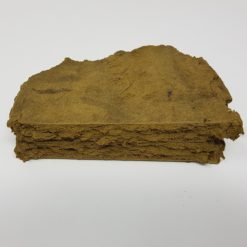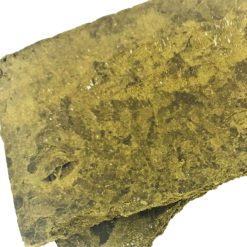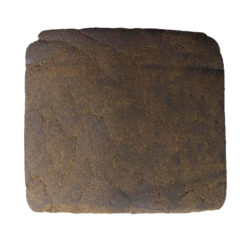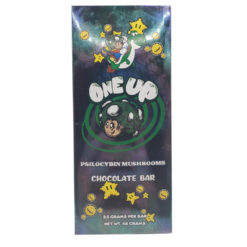The historical use of cannabis in Native American cultures is a subject that has garnered considerable interest in recent years. While concrete evidence of cannabis consumption by indigenous populations prior to the arrival of European settlers can be challenging to unearth due to limited documentation, various sources provide intriguing insights into the potential utilization of the plant within these communities. This article aims to explore the evidence and historical context surrounding Native American cannabis use, shedding light on its cultural significance before contact with white settlers.
Archaeological findings have revealed remnants of ancient pipes and other smoking paraphernalia across the Americas, suggesting the inhalation of various plant materials, including cannabis. Although the presence of cannabis residues in these artifacts does not definitively prove its usage, it suggests the possibility of cannabis being among the plants employed for ceremonial or medicinal purposes.
Native American tribes have passed down oral traditions for generations, recounting their customs, rituals, and ancestral knowledge. Some tribes, such as the Oglala Lakota Sioux, have oral histories that reference the use of a sacred herb with properties similar to cannabis. These accounts provide cultural validation to the longstanding presence of cannabis within indigenous communities.
Early European explorers and settlers documented their encounters with Native American populations, noting the use of various medicinal and psychoactive plants. Several accounts describe indigenous groups utilizing plants with effects resembling those of cannabis. For instance, Spanish chronicler Francisco López de Gómara detailed how tribes in what is now Mexico used a plant called “tobacco” for both recreational and medicinal purposes, which some historians believe may have included cannabis.
Native American healing practices often incorporate the use of natural remedies. Many tribes have employed herbal medicine for centuries, utilizing plants with medicinal properties to treat various ailments. While direct references to cannabis are limited, some historians argue that the traditional use of certain plants, such as hemp, by Native Americans suggests a broader familiarity with cannabis-related species and their potential benefits.
Numerous Native American tribes have sacred rituals and ceremonies that involve the use of psychoactive substances to facilitate spiritual experiences and connect with the divine. While the exact plants employed in these rituals remain unclear, the potential inclusion of cannabis is supported by its use in similar contexts by other ancient cultures worldwide. Cannabis’ ability to induce altered states of consciousness and promote introspection aligns with the objectives of many Native American ceremonies.
While concrete evidence of Native American cannabis use before the arrival of white settlers is limited, various sources provide suggestive clues. Archaeological artifacts, indigenous oral histories, early ethnographic accounts, traditional healing practices, and cultural significance all contribute to the intriguing possibility that Native Americans were familiar with and utilized cannabis. Further research and exploration in collaboration with indigenous communities are necessary to better understand and respect the historical and cultural context of cannabis use in Native American traditions.
